Thriving for the Future: Seizing the moment for trees, woods and forests
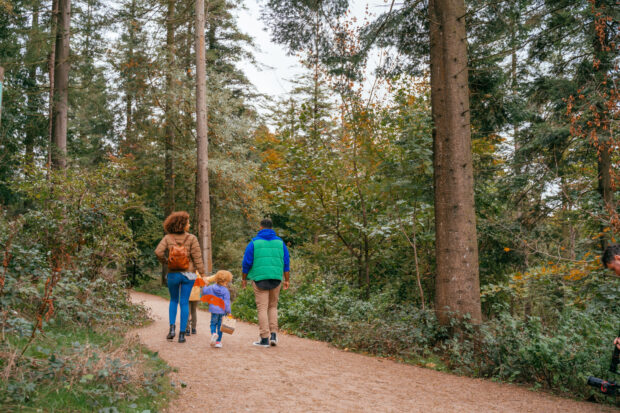
...that and we have to work through all the factors and find a solution. However, we do have the next best thing to a magic wand with trees. They answer...

...that and we have to work through all the factors and find a solution. However, we do have the next best thing to a magic wand with trees. They answer...
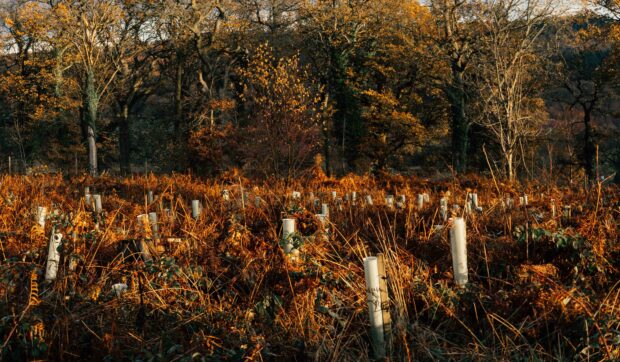
...and then lose their leaves. If you own a woodland, it's also the ideal time to get out and make sure it's in the best health to get through the...
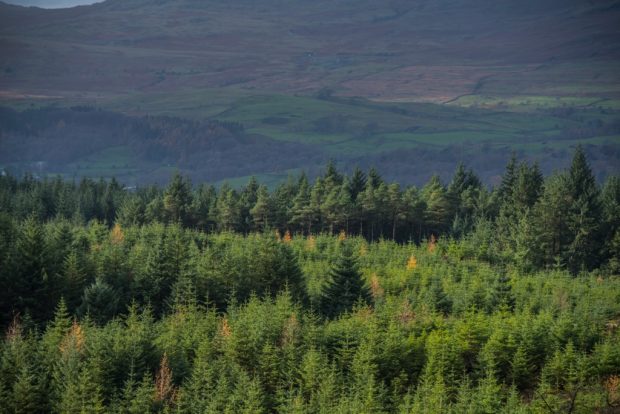
...return. But we should also be guided by new ways of reckoning the costs and benefits, by the principles and methodologies of natural capital. Cropland? Pasture? Peatland? Forest? What’s best...
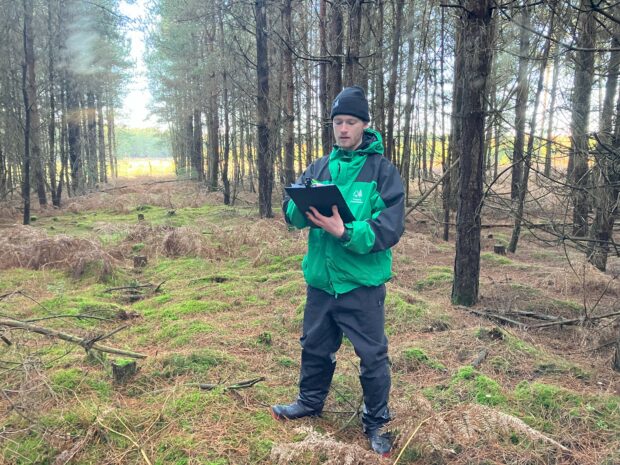
...to see all the collaboration between organisations. The best thing about the programme so far is how I’m already contributing to changes in the landscape. I’ve been helping Woodland Officers...
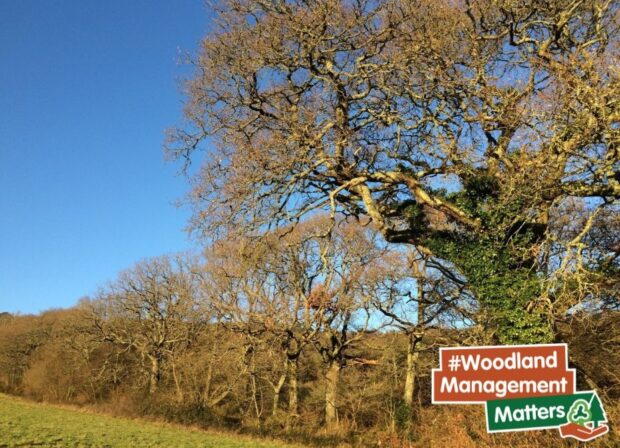
...natural processes and functions between them, as set out in our policy document Keepers of Time, we offer wildlife the best chance to expand populations and move in response to...
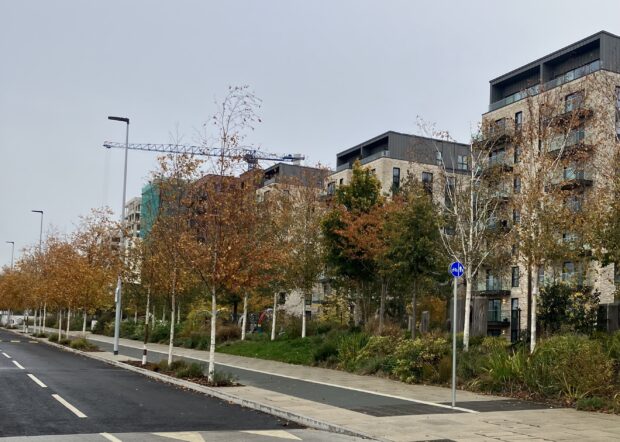
...within their development boundary. We will continue to work with Local Planning Authorities and industry specialists to signpost developers toward best-practice guidance around tree choice, siting and establishment when planting...
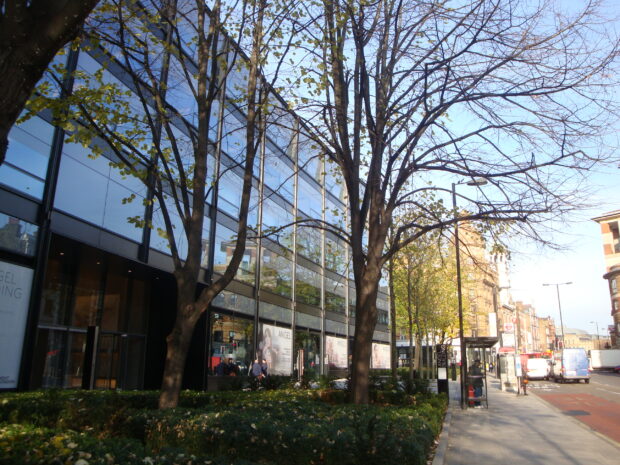
...to see many more trees planted as a result of BNG, managed well and thriving into the future. For best practice on planting new trees within developments, there's a wealth...
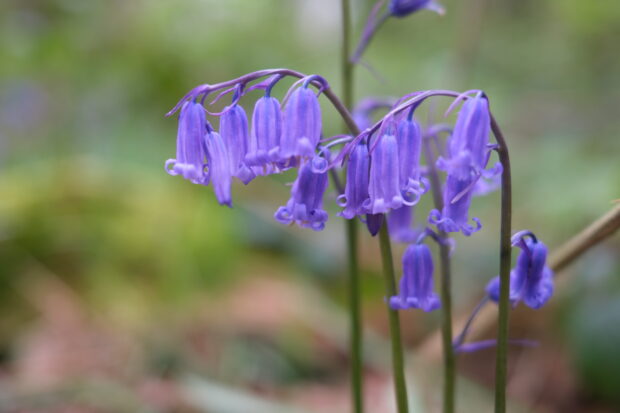
...glimpse of bluebells this spring, find your local woodland: Forestry England’s top walks Wildlife Trust’s where to see bluebells Woodland Trust’s best bluebell woods National Trust’s best place to see...
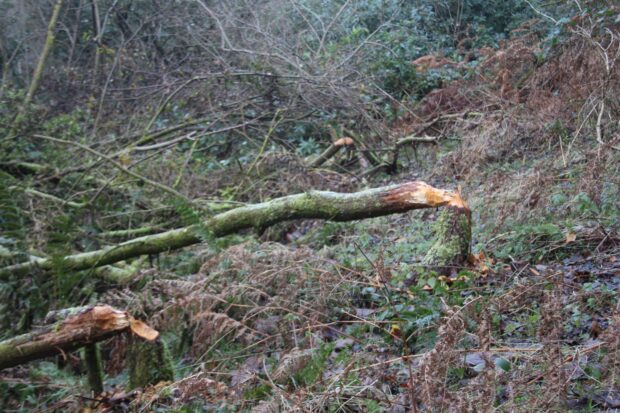
...be available soon, that helps to spot the signs of mammal damage in your wood. This new guidance, based on best practice from across Europe, will help you to identify...
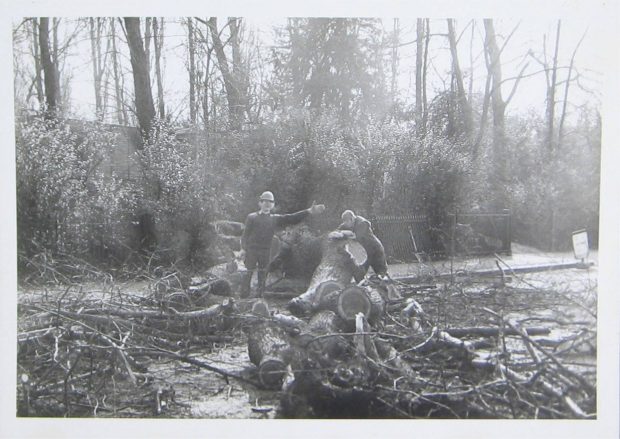
...modern arboriculture are best suited to ensure urban areas are prepared for all that will be manifested in the context of climate change. Whether these are biosecurity threats, extremes of...